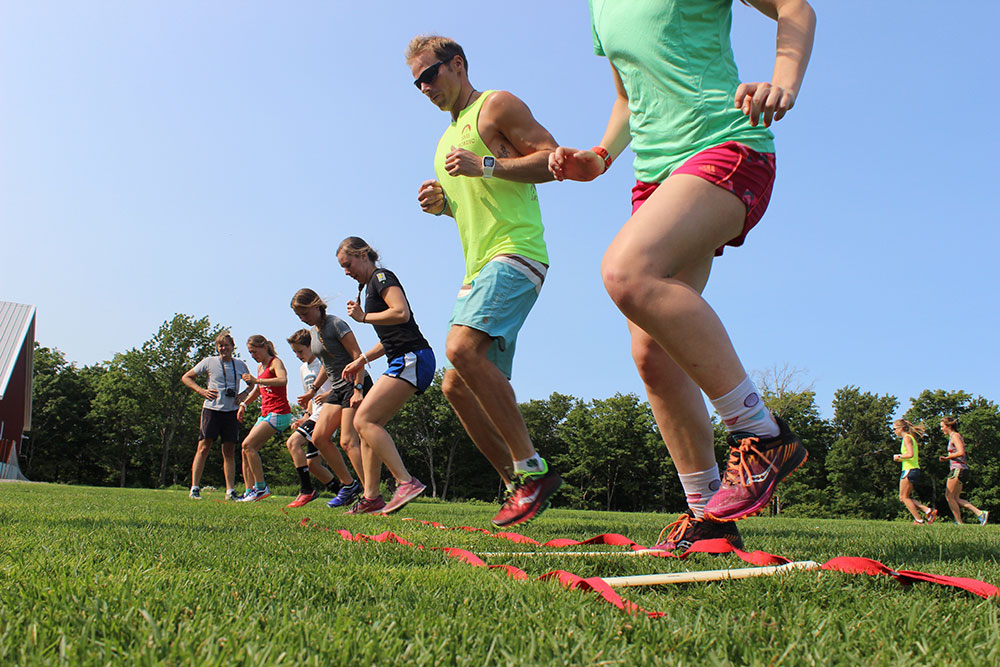Last minute-ski conditioning for Cross Country (but really all) Skiing
I think we can all agree: cross-country skiing is hard – arguably one of the hardest sports on the planet based on total calories burned and muscle groups worked. In order to experience the brilliance of getting far out on a silent trail, or the thrill of gliding down sparkling snowy tracks, it’s only fair that you sacrifice a little discomfort along the way. An activity that requires an engine to run both upper and lower body strength, cross-country skiing isn’t really something you just stumble into, but something for which you must train. While edgeless, uphill skiing is an excellent way to get into shape, the sport is much more enjoyable if you start with some foundation of physical fitness.
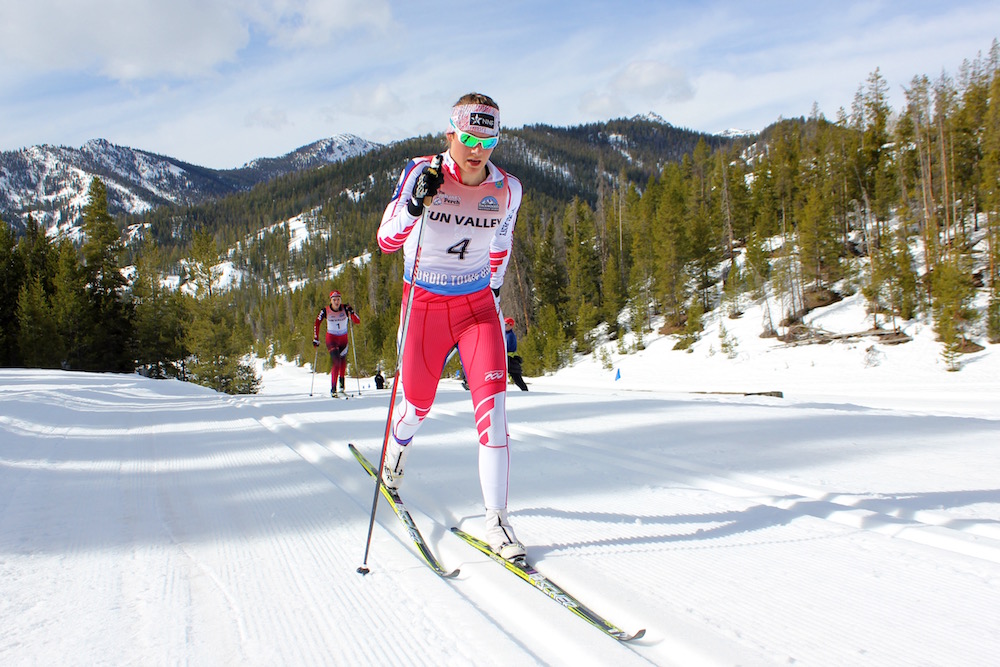
And speaking from a totally unbiased (I’ve dedicated my life to cross country skiing, have been skiing full-time for four years, and race internationally for the US Ski Team as well as the SVSEF Gold Team domestically) and neutral (I want everyone I know to experience and love this sport) position, I can attest that taking the time to train for skiing is worth the effort. And it’s never too late to get started.
To ski up (and honestly down) hill, you need a few key conditions: endurance, full-body strength and coordination. Assuming you have the space to put in 4 to 5 training sessions a week, you should aim to include a healthy mixture of those three elements, with one or two off days to absorb the work that you’ve done. Easy enough right?
The Workouts
Endurance
Composed of biking, running and several other spandex-oriented activities, most endurance training focuses on low intensity movements in order to maintain long durations. Dedicate at least two to three training sessions a week to longer, endurance-y sessions (longer than an hour for beginners, up to three hours for moderate to expert skiers). If you don’t have rollerskis (an expensive, rather dangerous set of ski shafts with wheels), hike or run with poles to get your upper body and core involved, or hit the rowing machine or ski erg in the gym.
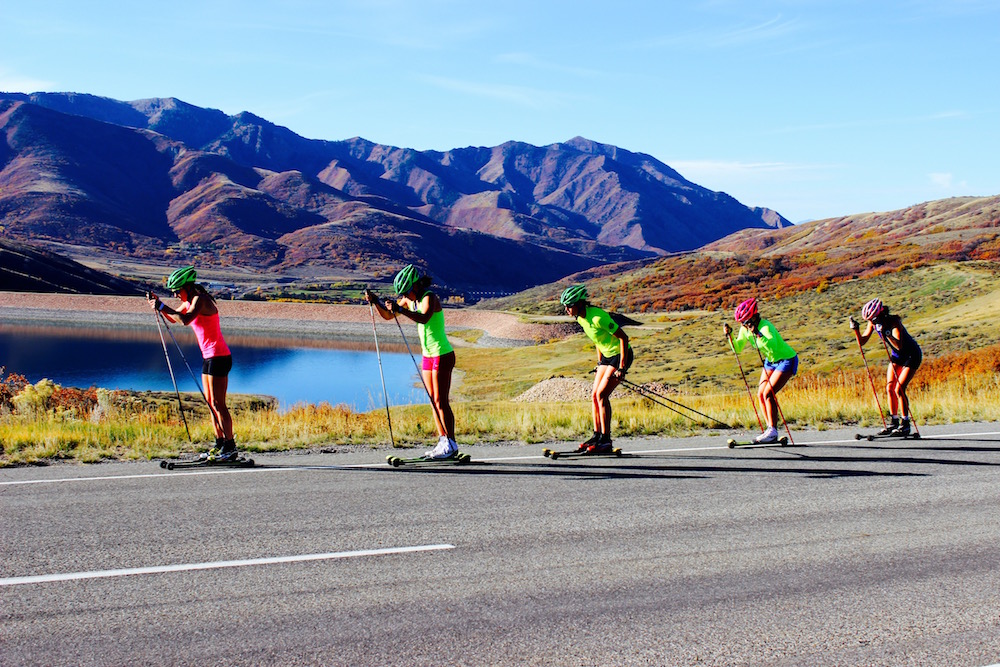
The “pea” to endurance training’s “pod” is interval training. One session a week should be dedicated to higher intensity endurance exercise (where you go hard!). My favorite dryland intensity workout is ski walking and ski bounding on the mountain. In order to ski walk or bound, adjust your stride to put force downward on each step (like you’re setting your kick wax on classic skis) and push upward to lengthen time in the air between steps (to simulate glide). Admittedly, this particular workout isn’t the most athletic looking (it looks like a slow hike but feels like a hard run), but the cardiovascular and strength benefits overcome the initial awkwardness.
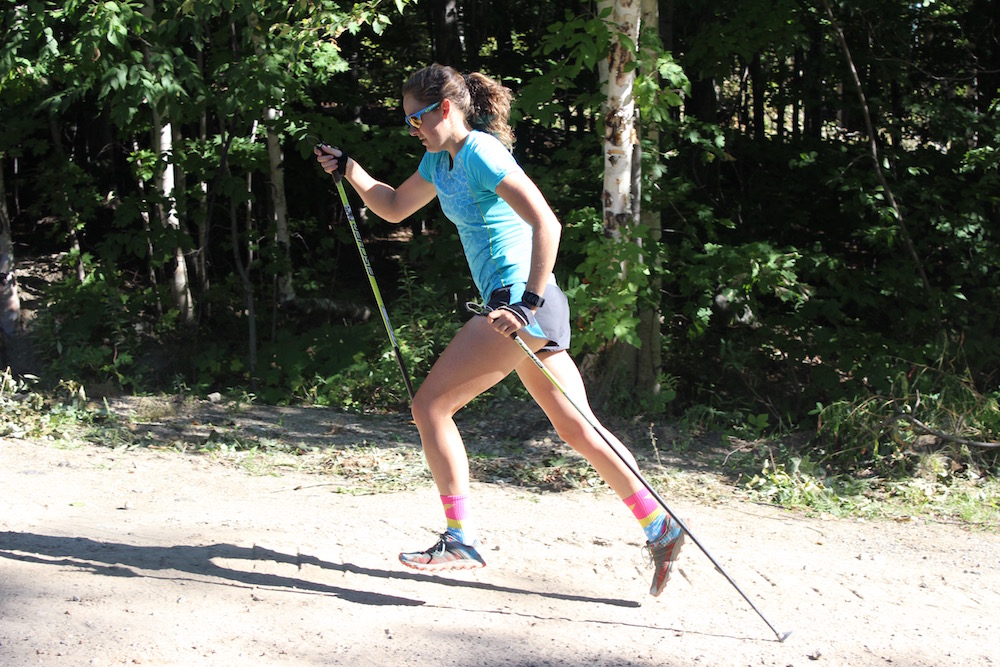
Start with a long uphill-trending trail or dirt road (access roads on ski mountains are particularly perfect for this exercise) with a pair of elbow-length poles. After about half an hour of light jogging or hiking, start your interval by increasing your pace to just under what your all-out pas is (or about 80% of your max heart rate, if you’re into that kind of thing). You should be going hard enough to be breathing hard, but not so hard that you can’t talk (we don’t need any heart attacks as a result of this article). Bound uphill for 5 minutes, 5 to 6 times, with three minutes easy downhill recovery between each interval. Work up each week by 2 minutes per interval until the snow flies.
If you’re not interested in bounding, running or biking intervals are great options as well.
Strength
Strength training is one of the most important, and most ignored, part of winter prep for cross-country (and downhill) skiing. In order to move that endurance engine, you need upper body, lower body, and core strength. One or two sessions a week should be devoted strictly to developing strength. Start with a short warm up and active stretch of anything that needs loosening before doing 2 to 3 sets of 6 to 8 reps of exercises that target your triceps (like weighted or assisted dips), latissimus dorsi (like pull ups or lat-pull downs), glutes (like dumbbell lunges), and hamstrings (like Russian dead lifts).
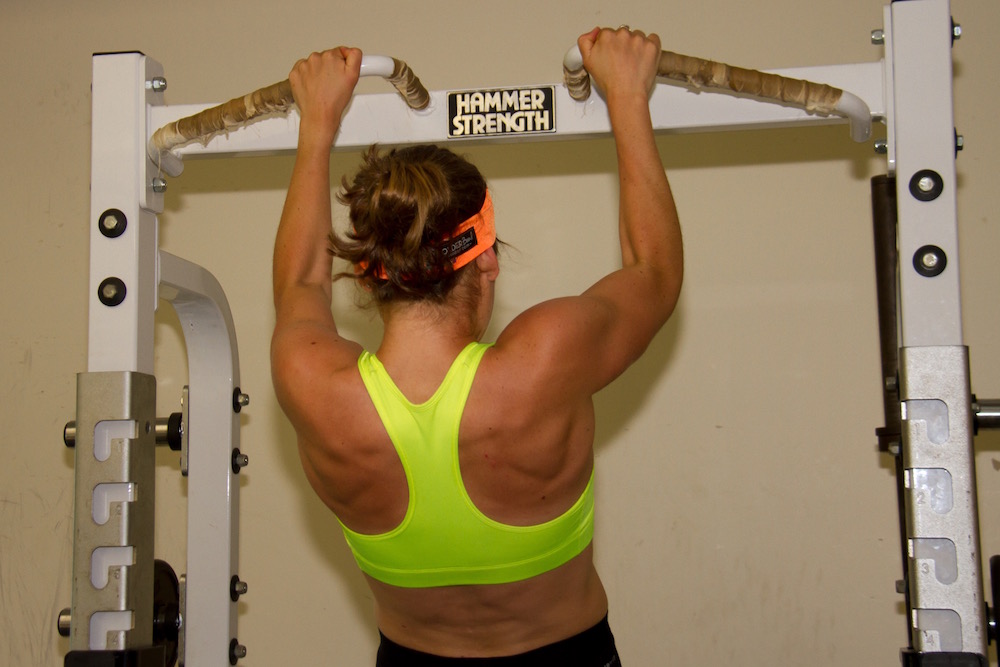
Alternate between the types of exercises you do, working through body weight and machine and/or free weight exercises. Finish with a 10-minute core block, during which you do 45 seconds of core work and 15 seconds of rest. Be sure to target your upper and lower abdominals as well as your obliques.
Coordination
If you intend to glide effortlessly on a toothpick made of carbon, you best be working on your balance! Cross-country skiing, though one of the most beautiful, rewarding sports on snow, is also perhaps the most physically unnatural. Weaving in and out of tracks, alternating your poling and striding, and navigating downhill corners without metal edges all require a sense of coordination. After teaching adults to ski for years, I find that the most frustrating thing for newcomers is not the lack of strength or fitness, but a lack of coordination (which is why, if you’re just starting to ski, you should invest in lessons!).
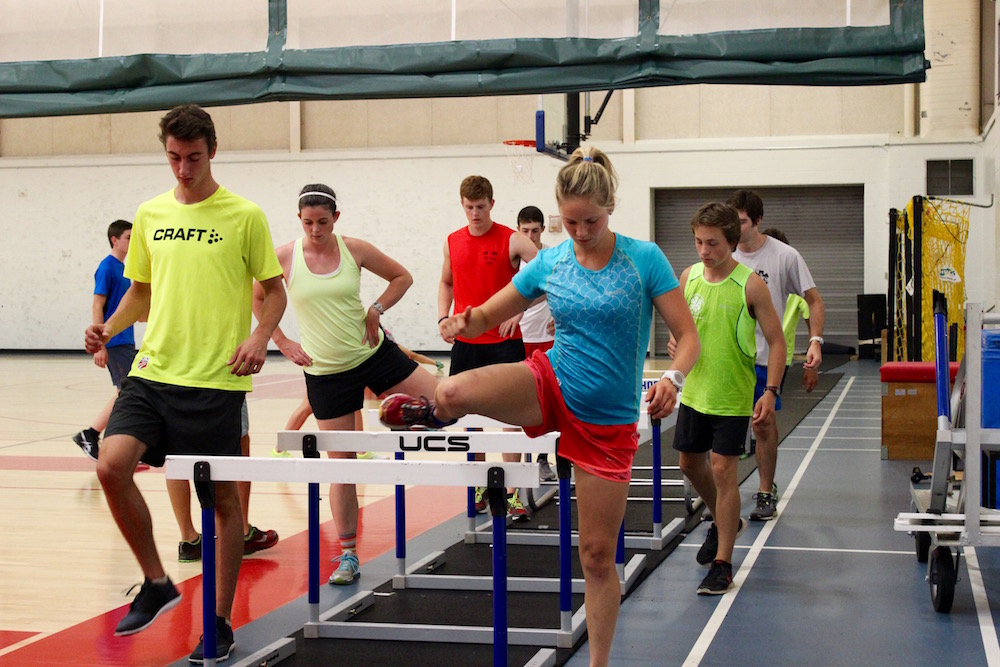
Before you get on snow, invest you time in stretching and flexibility training to get a sense of your body (yes, YOGA). Also, dedicate one session a week to balance and agility drills, where you practice balancing on each leg, bounding from side to side and weaving in and out of ladders or up and over hurdles. You don’t need fancy gym equipment to do any of the above (I’ve used logs as hurdles in my past), just a sense of creativity and awareness of what your body needs to work on.
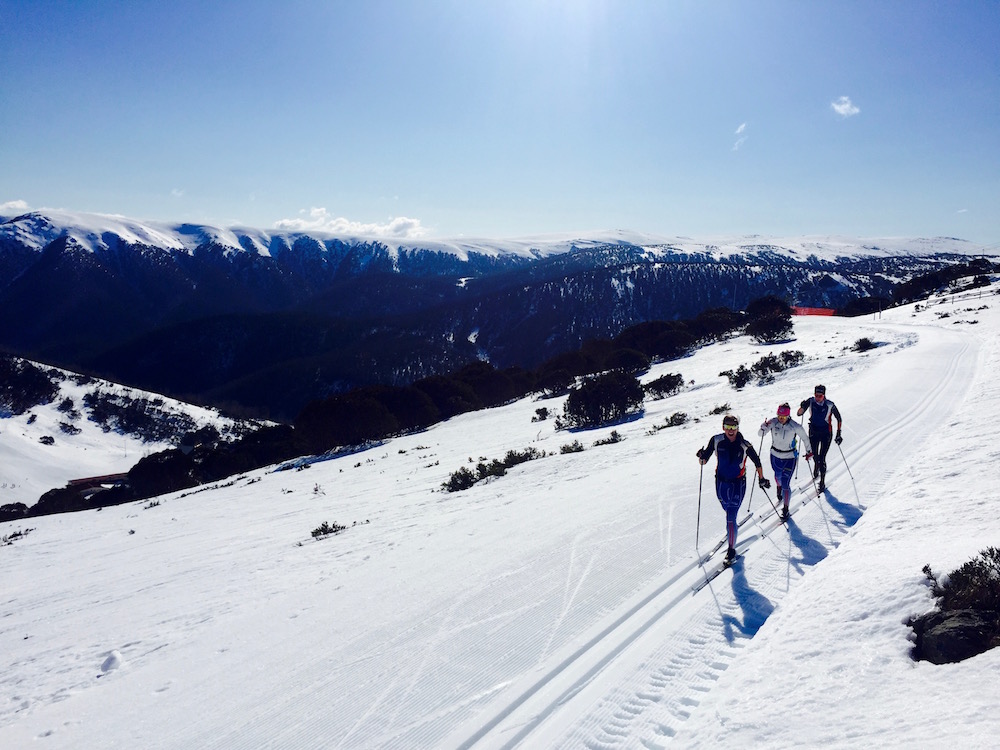
While all at once this regimen might seem like a lot to swallow, its follow through is at once fun and rewarding, and will improve your performance as a skier both up and down the slopes. It will also give you the tools to take advantage of our ski town’s best activities, all winter long.




